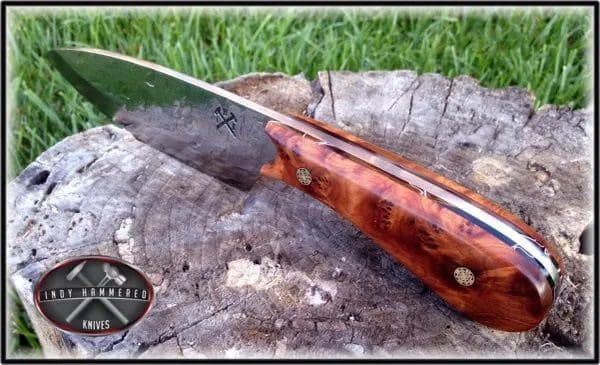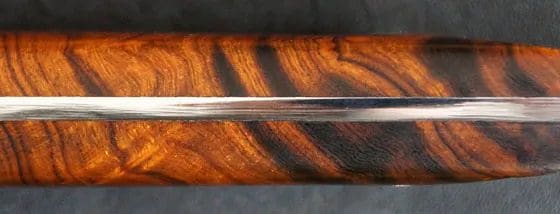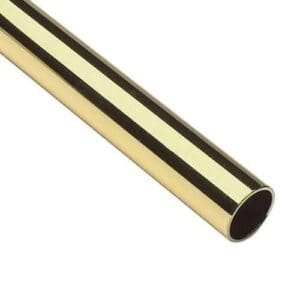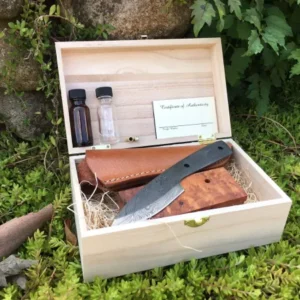Desert Ironwood Knife Scales
$44.99
Desert Ironwood Knife Scales
These desert ironwood knife scales are part of the full line of knife making supplies that Indy Hammered Knives are now offering in addition to the complete knife making kit.
*Book Matched means the grain runs true and through both pieces (set of two) see pictures above*
- 3/8th” thick (x) 1-1/2″ wide (x) 5″ long
- Book Matched Set (set of two)
- Does not require stain or dye to achieve the colors pictured
- Recommended Sealer: Clear or Natural Danish Oil
Latin: Olneya tesota Origin: Southwestern United States
Desert Ironwood is a common name for a large number of woods that have a reputation for hardness. The wood of the desert ironwood is very hard and dense. It actually sinks in water. It was used by the Seri Native Americans of Mexico for tool handles. Today the Seri Indians make carvings of desert plants and animals from the ironwood. Tradition has it that carvings made from the desert ironwood bring good fortune and long life. The carvings are in much demand, especially large carvings, and bring in a lot of money.
Where does it come from
While there are 14 different species of ironwood in the United States, there is only one Desert Ironwood which takes centuries to grow. Desert Ironwood has an extremely hard and heavy heartwood, dehydrated by nature over a long period of time. As the name implies, it is one of the heaviest and most dense woods known to man. Ironwood is so dense that it will not float, and so hard that it has been used for bearings. One cubic foot of Ironwood can weigh up to 66 pounds.
The natural beauty of its grain and its dark, rich brown color sets it apart from other woods. The fine, dense grain makes it very difficult to carve but also makes it a very beautiful and rare artist medium.
It has so much oil that it is difficult to finish with many traditional wood coatings, and doesn’t really need it anyway. All that oil makes it naturally water resistant. And if you cut it or sand it, you don’t get dry sawdust, you get a wet goo.
You get GORGEOUS contrast, great topographical map type figure (due to the unique dark rings that grow around this burl’s eyes), and beautiful sections of light-shifting golden grain. None of which is in the “clear” ironwood. This being said the burl form is exponentially rarer than the regular wood. Think of it like this, trees are really rare in the desert, burls are really rare on trees, so a burl on a tree in the desert is incredibly rare. One of the reasons it is the rarest domestic wood. Desert Ironwood burl, however, is easily my favorite domestic wood.
To learn more about Desert Ironwood, click the link here: https://en.wikipedia.org/wiki/Olneya
To see more supplies for making your own knife at home click here: https://ihknives.com/product-category/knife-making-supplies-and-kits/








